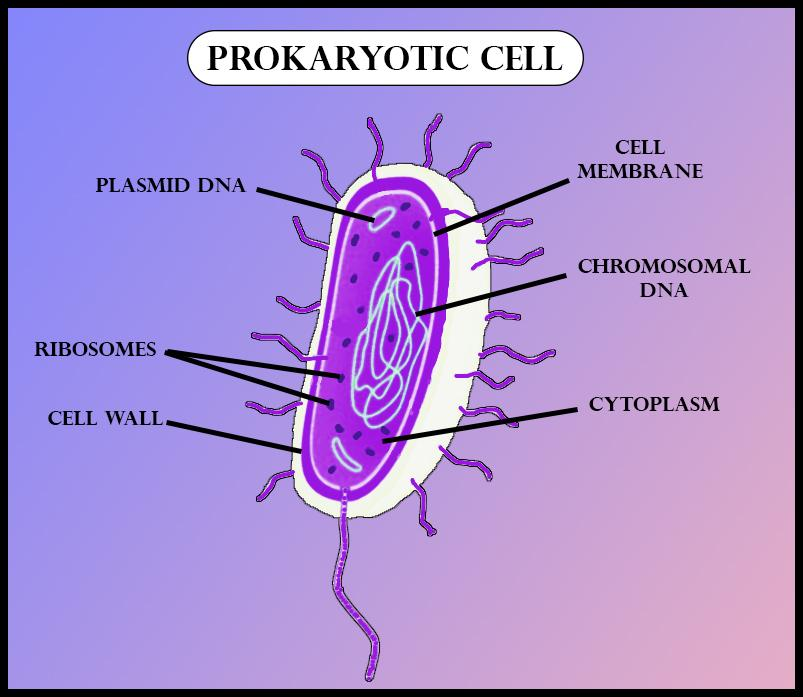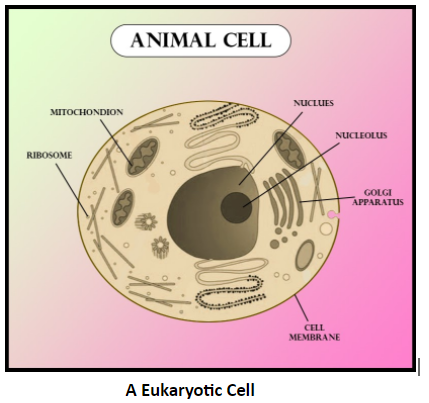
Differentiate between prokaryotic and eukaryotic cells.
Answer
511.3k+ views
Hint: Based on the number of cells, organisms can be classified into unicellular organisms and multicellular organisms. Unicellular organisms have a simple body organization, but it is complex in multicellular organisms.
Complete answer:
Unicellular organisms include both eukaryotes and prokaryotes whereas multicellular organisms include only eukaryotes.
Note: -The plasma membrane is also known as the cell membrane.
-Organelles means “little organs”.
-During the 1950s, scientists developed the concept that all organisms may be classified as prokaryotes or eukaryotes.
-The cells of all prokaryotes and eukaryotes possess two basic features: a plasma membrane also called a cell membrane and cytoplasm.


Complete answer:
Unicellular organisms include both eukaryotes and prokaryotes whereas multicellular organisms include only eukaryotes.
| Prokaryotic Cells | Eukaryotic Cells |
| 1)They are unicellular organisms, size ranges from 0.2μm – 2.0 μm in diameter. | 1)They are both unicellular and multicellular organisms, size ranges from 10 μm – 100 μm in diameter. |
| 2)The cell wall is present but chemically complex. | 2)The cell wall is present, chemically simple. |
| 3)The nucleus is absent but DNA is present as genetic material. It is circular in the arrangement. | 3)The nucleus is present where the linear arrangement of DNA is found. |
| 4)The cytoplasm is present but cell organelles such as mitochondria, endoplasmic reticulum, lysosomes, and centrosomes are absent. | 4)The cytoplasm is present containing different cell organelles such as mitochondria, endoplasmic reticulum, lysosomes, and centrosomes. |
| 5)Small and spherical ribosomes are present. | 5)Large and linear-shaped ribosomes are present. |
| 6)Cell division takes place through binary fission. | 6)Cell division takes place mitotically. |
| 7)Flagella are smaller in size. | 7)Flagella are larger. |
| 8)They reproduce asexually. | 8)They reproduce both asexually and sexually. |
| 9)Archaea and Bacteria are examples of prokaryotic cells. | 9)Plant and animal cells are examples of eukaryotic cells. |
Note: -The plasma membrane is also known as the cell membrane.
-Organelles means “little organs”.
-During the 1950s, scientists developed the concept that all organisms may be classified as prokaryotes or eukaryotes.
-The cells of all prokaryotes and eukaryotes possess two basic features: a plasma membrane also called a cell membrane and cytoplasm.


Recently Updated Pages
Master Class 12 Business Studies: Engaging Questions & Answers for Success

Master Class 12 Economics: Engaging Questions & Answers for Success

Master Class 12 English: Engaging Questions & Answers for Success

Master Class 12 Maths: Engaging Questions & Answers for Success

Master Class 12 Social Science: Engaging Questions & Answers for Success

Master Class 12 Chemistry: Engaging Questions & Answers for Success

Trending doubts
What is meant by exothermic and endothermic reactions class 11 chemistry CBSE

Which animal has three hearts class 11 biology CBSE

10 examples of friction in our daily life

One Metric ton is equal to kg A 10000 B 1000 C 100 class 11 physics CBSE

1 Quintal is equal to a 110 kg b 10 kg c 100kg d 1000 class 11 physics CBSE

Difference Between Prokaryotic Cells and Eukaryotic Cells




